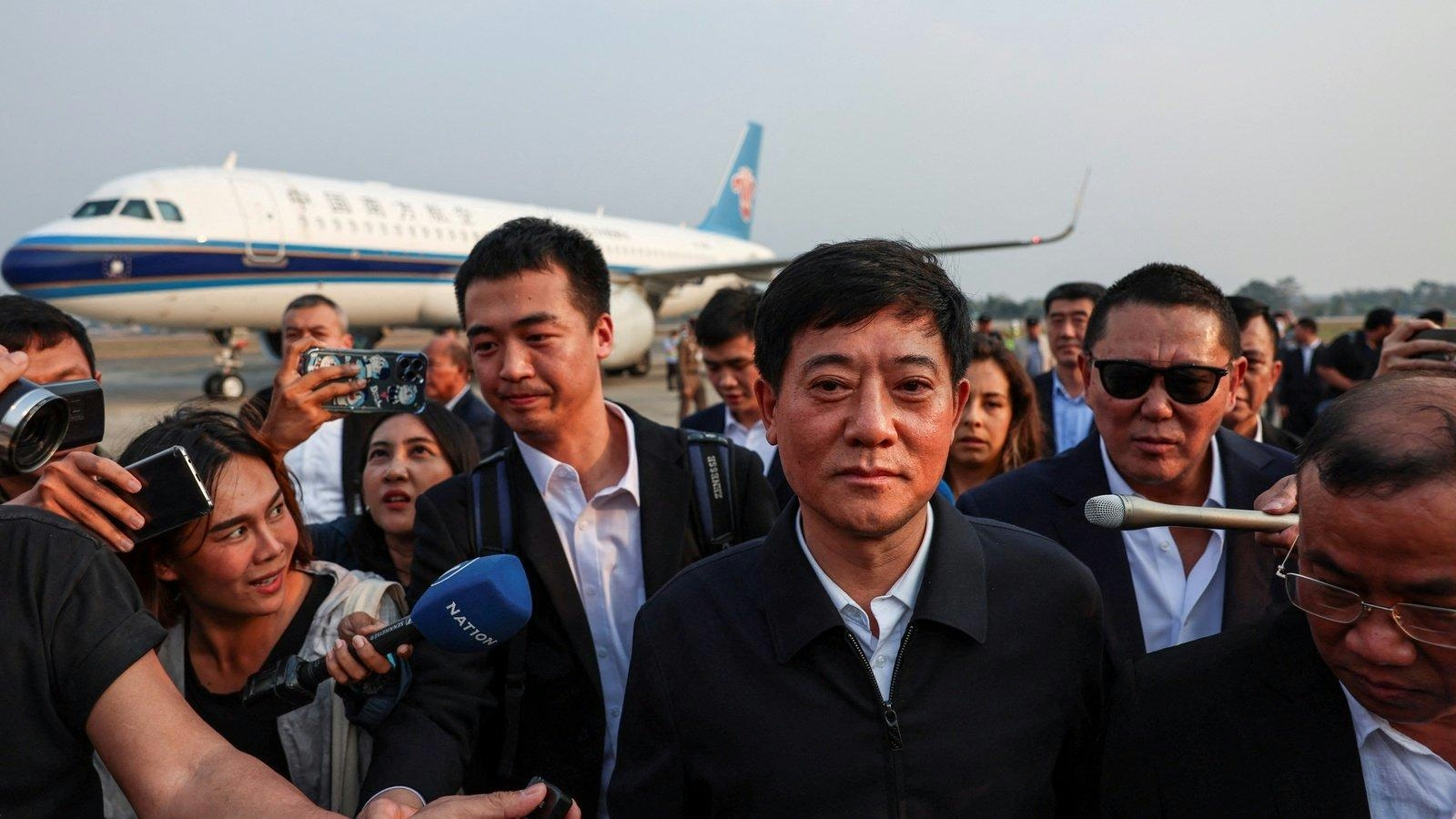
AeroGenie - مساعد الطيار الذكي الخاص بك.
الرائج الآن
Categories
Which Aircraft Is United Airlines the Largest and Sole U.S. Operator Of?
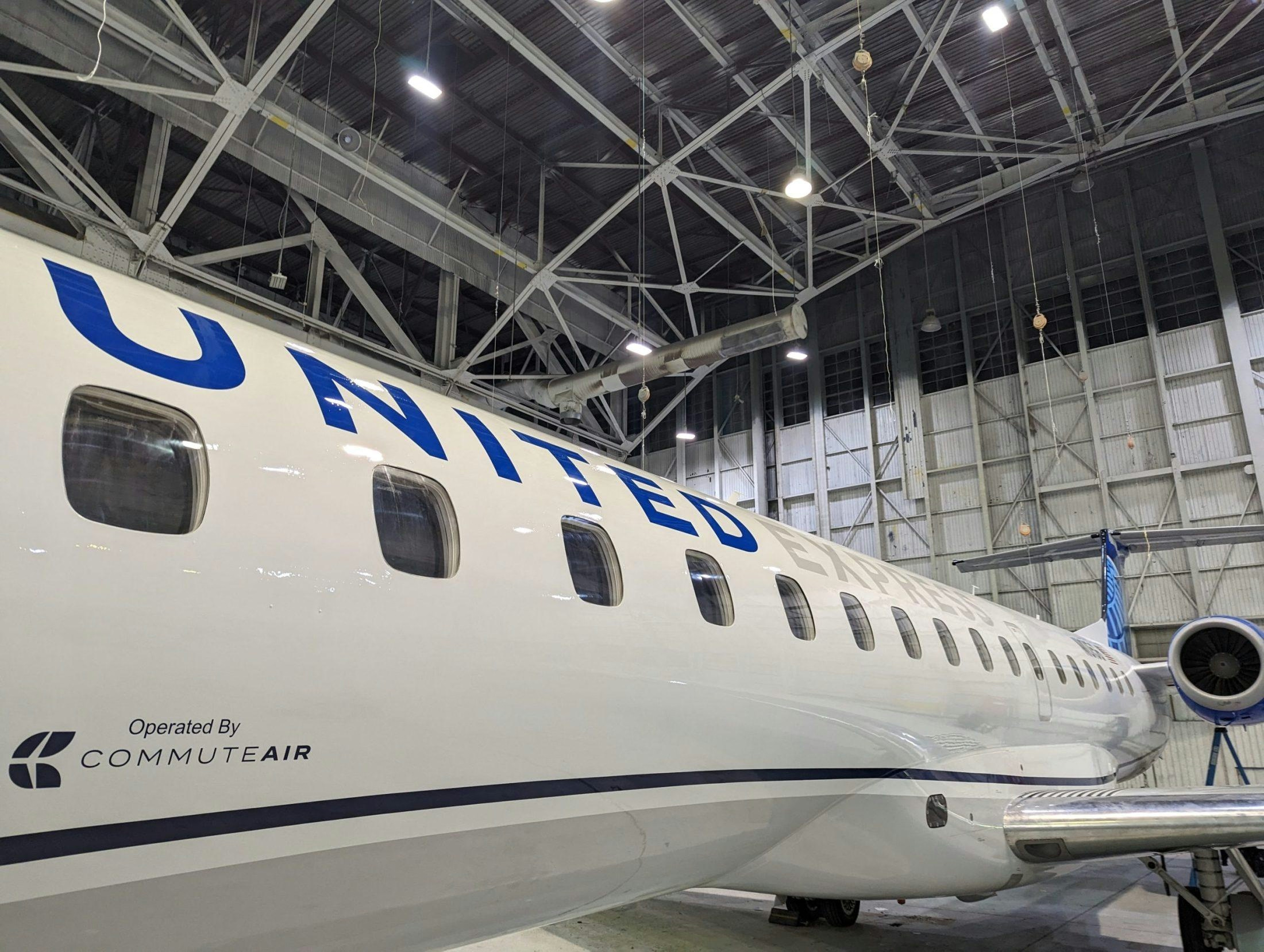
United Airlines: The Largest and Sole U.S. Operator of the Boeing 777-200
United Airlines occupies a distinctive position within the American aviation sector as both the launch customer and the only U.S. carrier operating the Boeing 777-200. While American Airlines operates the extended-range 777-200ER variant, United remains the exclusive operator of the standard 777-200 model in the United States. This unique status reflects a longstanding partnership with Boeing, dating back to the aircraft’s introduction in 1990 and its entry into service with United in June 1995.
Fleet Composition and Operational Use
Globally, only 20 standard Boeing 777-200 aircraft remain in active service. United commands the majority of this fleet, operating 17 aircraft primarily on domestic routes, including transcontinental flights and direct services to Hawaii. The remaining three are divided between Japan’s All Nippon Airways, which operates two, and Nigeria’s MaxAir, which operates one.
The Boeing 777-200 is a widebody aircraft engineered for medium- to long-haul flights. It typically accommodates between 301 and 368 passengers in a three-class configuration. However, United has adopted a higher-density seating arrangement to optimize capacity on domestic routes. The aircraft is notable for its large-diameter turbofan engines, raked wingtips, and six-wheel main landing gear. It was also Boeing’s first model to feature fly-by-wire controls and carbon composite tailplane structures.
United’s 777-200s are configured to seat up to 364 passengers, divided into 28 seats in United First (domestic), 102 in Economy Plus, and 234 in United Economy. The premium cabin features a 2-4-2 layout with a seat pitch of 6 feet, 4 inches, while Economy Plus and Economy cabins utilize a 3-4-3 layout with seat pitches ranging from 31 to 34 inches. Passengers benefit from amenities such as onboard WiFi, USB and power outlets, and seatback entertainment systems.
Challenges and Future Outlook
Operating the 777-200 exclusively on domestic routes presents United with several operational challenges. Maintaining efficiency is paramount, particularly in mitigating the impact of potential technological disruptions that could affect scheduling. The airline also faces intense competition from rivals like Delta Air Lines, which respond with competitive pricing and service improvements. Additionally, United must carefully manage capacity and strategic planning amid fluctuating market conditions, as these factors significantly influence both market perception and the airline’s financial performance.
Looking forward, United’s 777-200 fleet is expected to be gradually replaced by the more modern Boeing 787-10 Dreamliner. Until that transition occurs, United’s status as the largest and sole U.S. operator of the 777-200 underscores its commitment to servicing high-capacity domestic routes while navigating the evolving dynamics of the aviation industry.

UAE Launches Hili, Its First Hybrid Cargo Plane
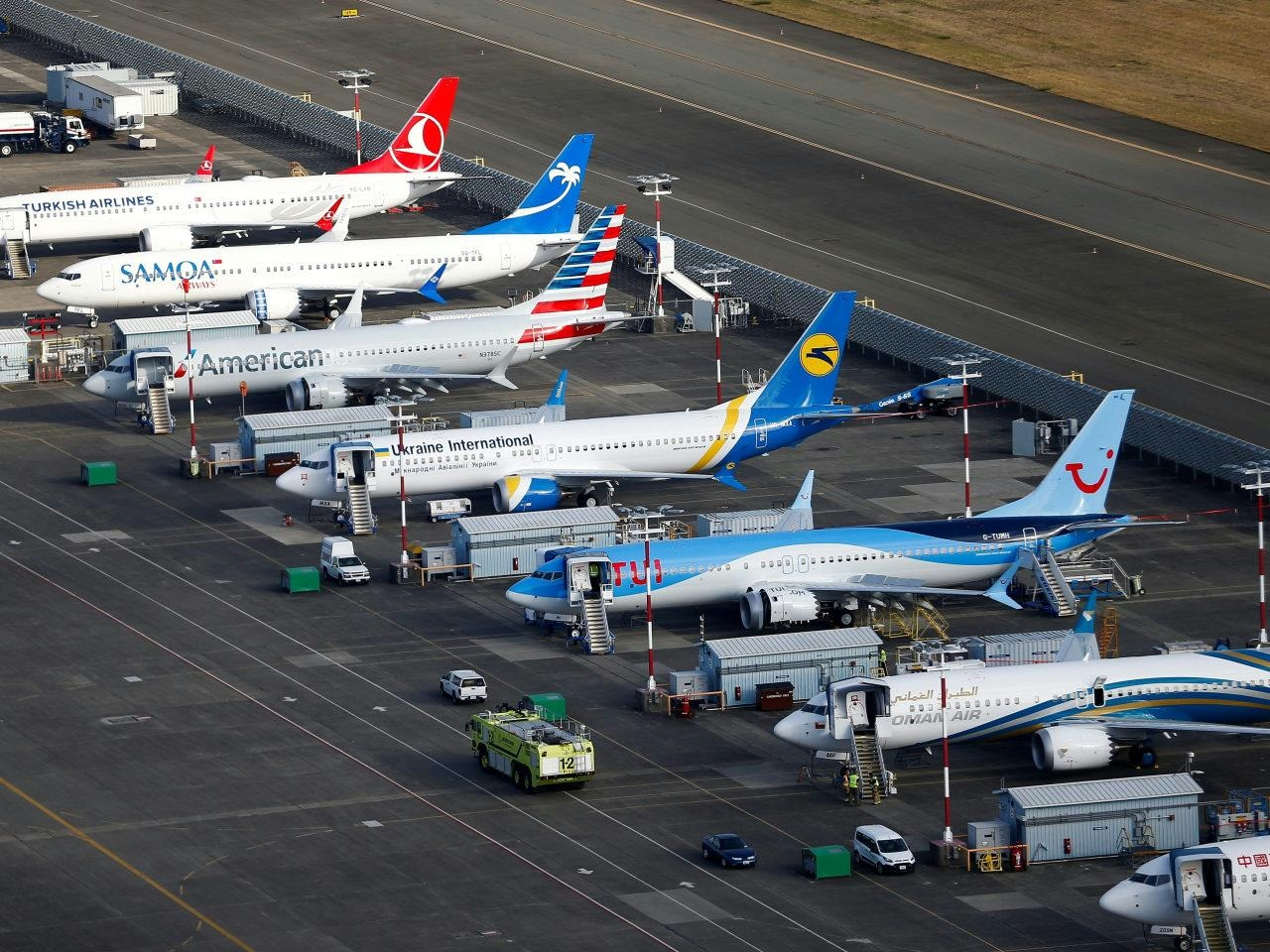
Oman Air Grounds Aircraft and Revises Flight Schedules Due to Supply Chain Delays
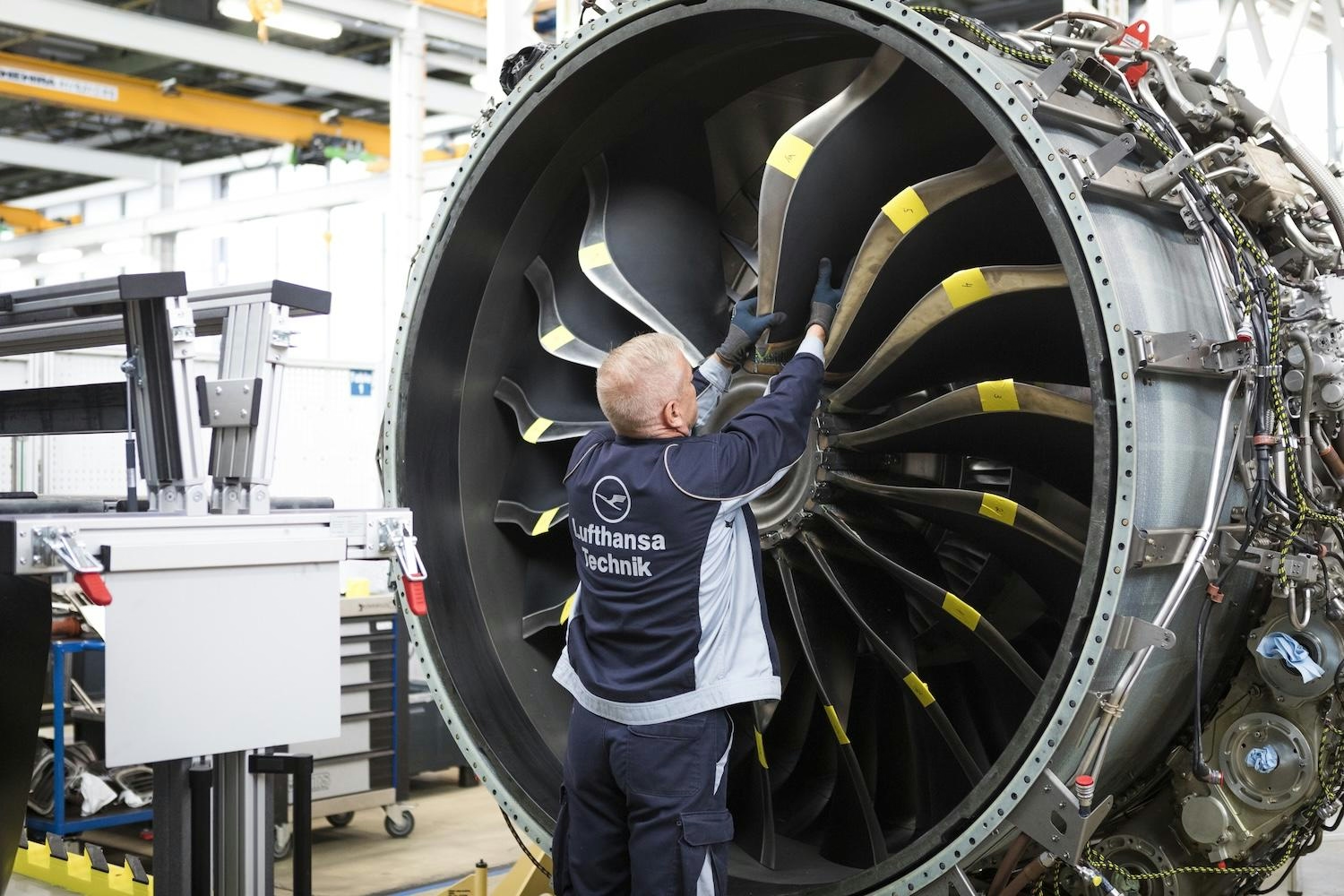
Lufthansa Technik Secures Extended Maintenance Contract with Marabu Airlines

Industry Leaders Convene at PAM Dublin to Advance Predictive Maintenance
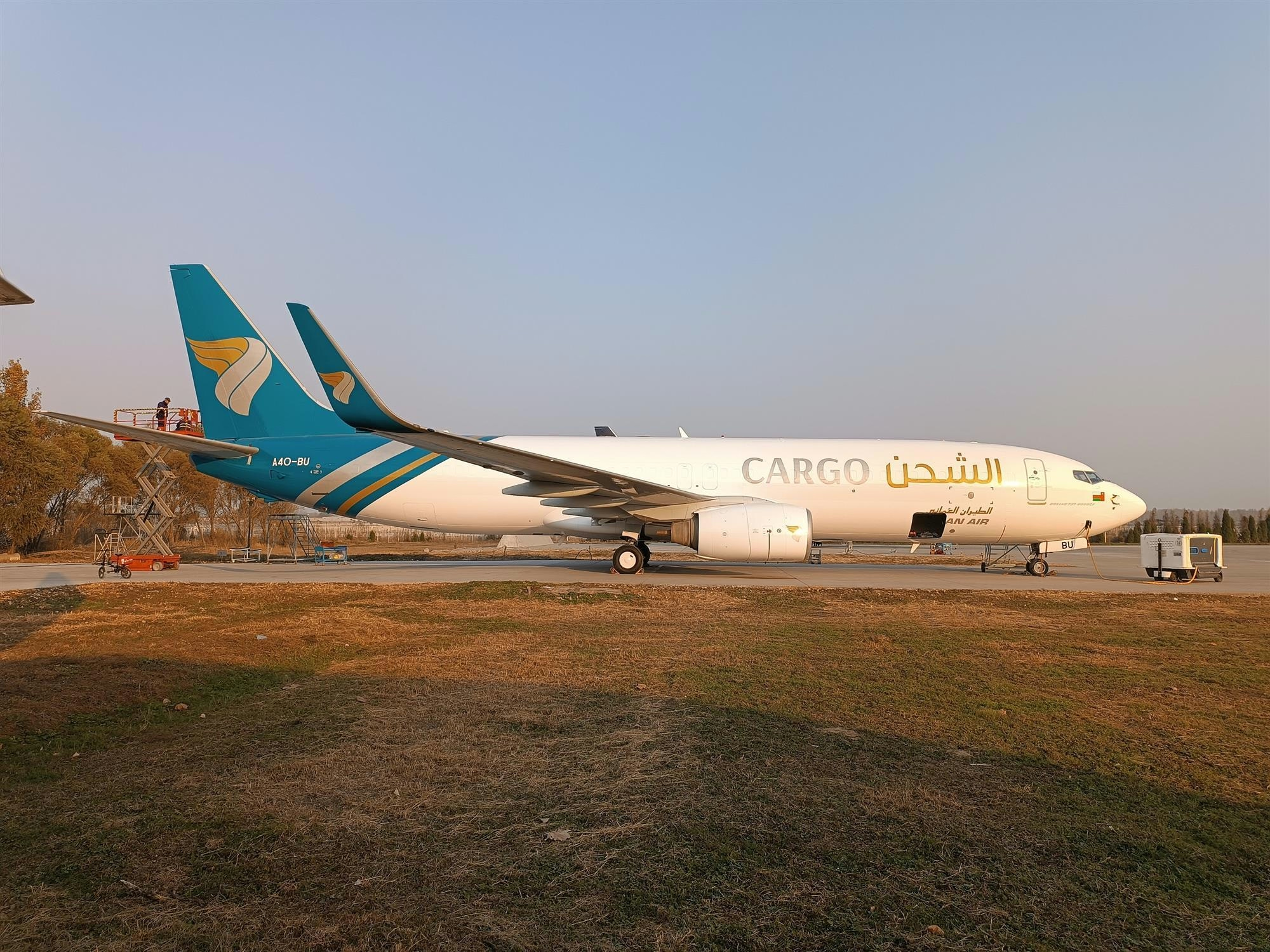
Oman Air Adjusts Flight Schedules Due to Global Supply Chain Disruptions

Qantas to Open Product Innovation Centre in Adelaide Focused on AI and Digital Transformation
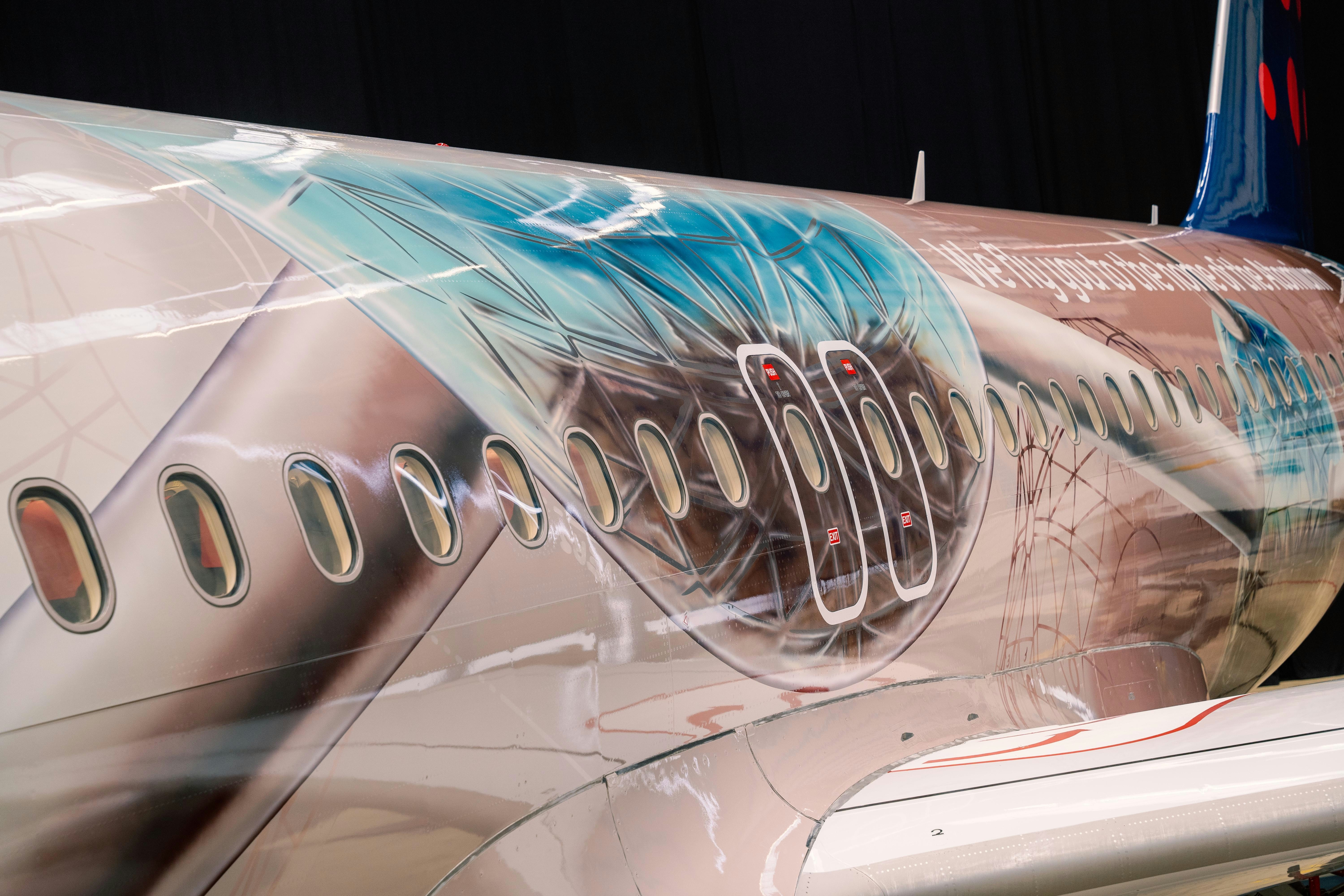
Passing the Baton: Hamburg Aviation Enters a New Era of Innovation
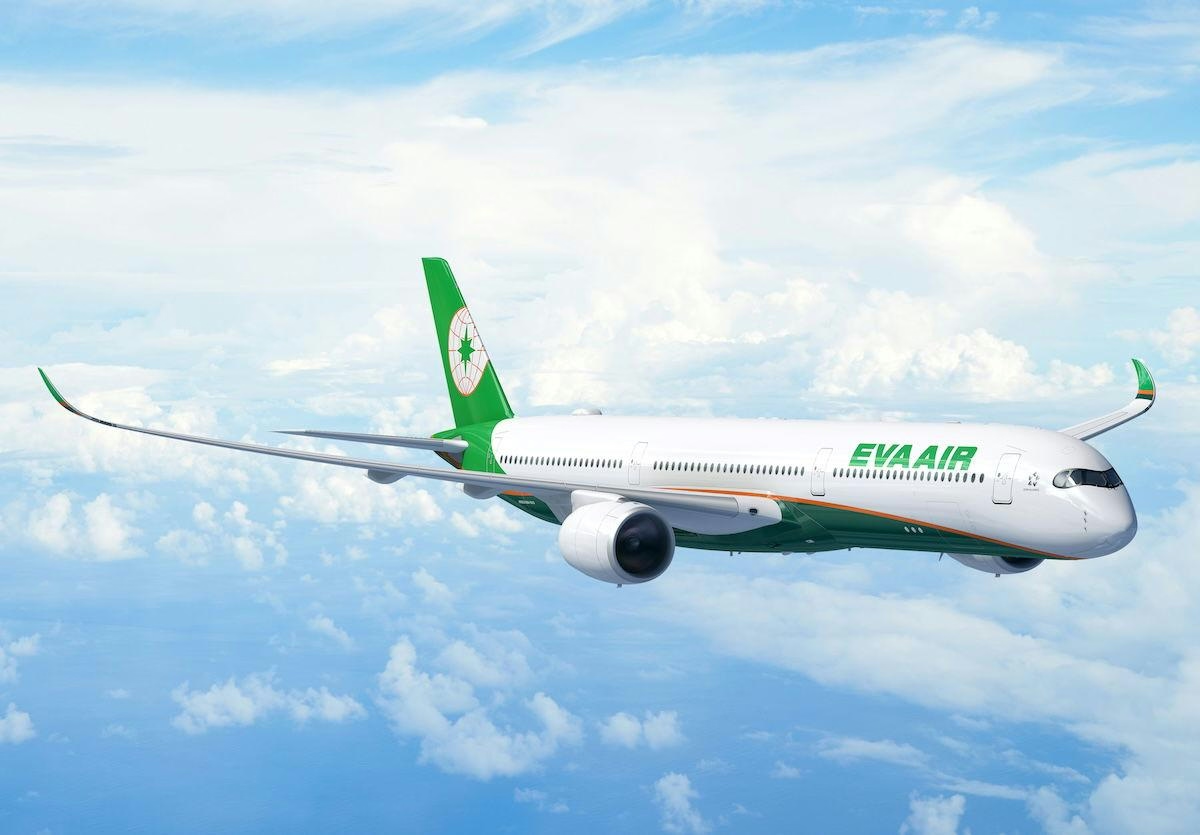
Potential New Order for Airbus A350-1000

LA Olympics to Use Air Taxis for Transporting VIPs, Fans, and Staff
